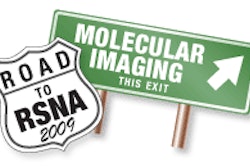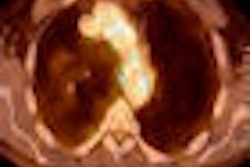Friday, December 4 | 10:50 a.m.-11:00 a.m. | SST14-03 | Room S403B
RSNA attendees who stay through Friday will be able to attend this scientific session presentation by German researchers who are developing a method of software-based registration of PET and MR images. They hope the technique will allow for reliable identification of the underlying anatomical structure through tracer accumulation.The study is based on a new approach to rigid and nonrigid registration of PET and MR images. Researchers first take the CT image from a PET/CT scan and register it to the MR image. Then the corresponding registration of PET and MR images are applied through rigid and nonrigid registration to the PET images from the PET/CT.
"The starting point for registration for image fusion of PET and MRI is completely changed when you start with PET/CT and not with PET alone," said co-researcher Dr. Sebastian Thees, radiologist and physicist at Universitätsklinikum Leipzig. "When you have a PET/CT as the starting point, you already have registered an anatomical data set that is simply the CT from the PET/CT."
Three radiologists and two nuclear medicine physicians found accurate registration of PET and MRI could be achieved in the study's 10-patient sample.
"In over 95% [of the results], the same anatomical lesion was described by the radiologists," Thees said. "Where different anatomical lesions were described, in none of these lesions was misregistration the primary reason for the discrepancy."
He added that results are preliminary and further clinical evaluation is necessary to confirm the process.




















